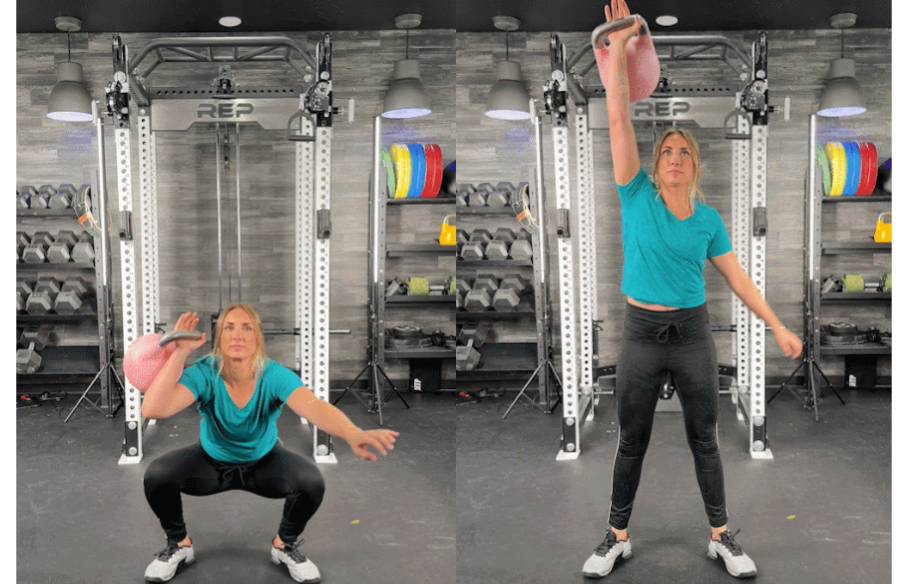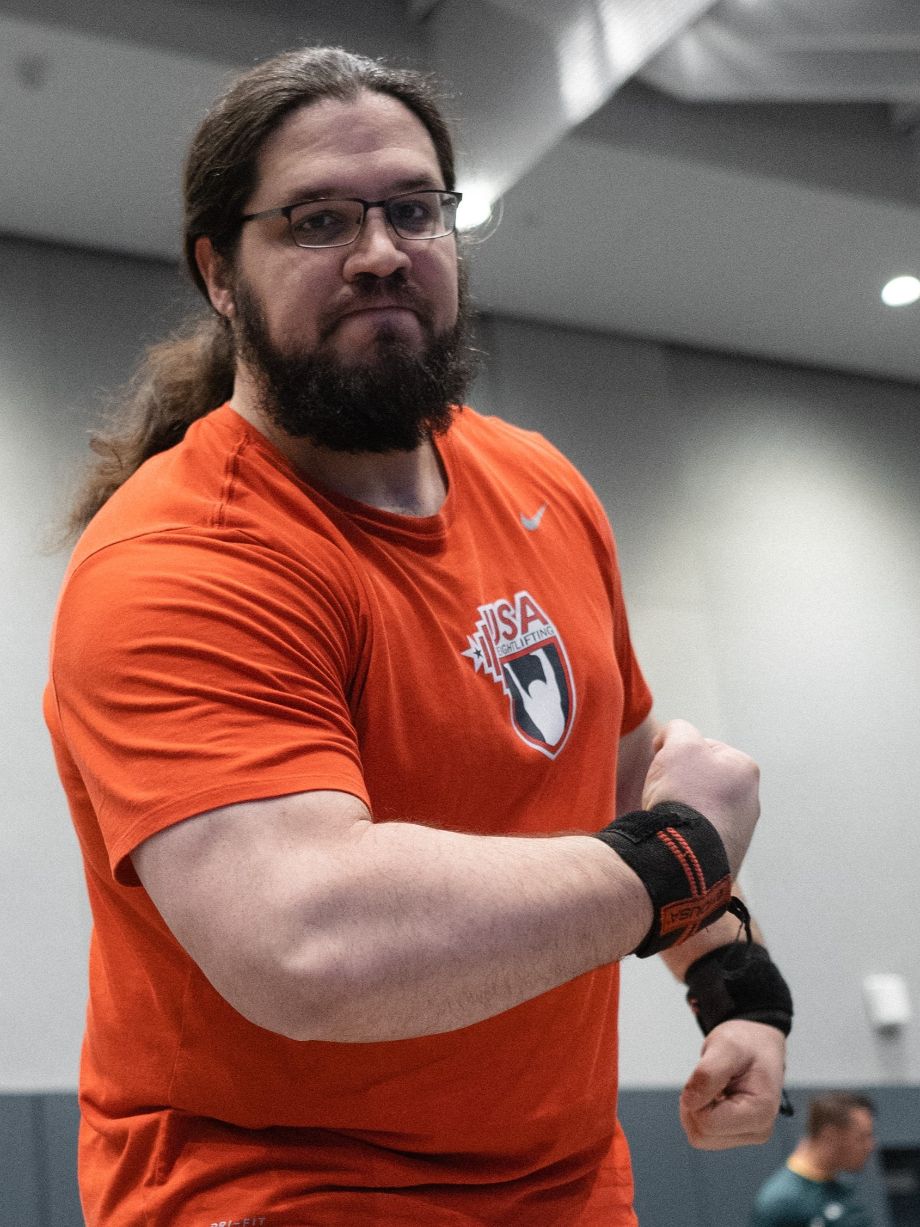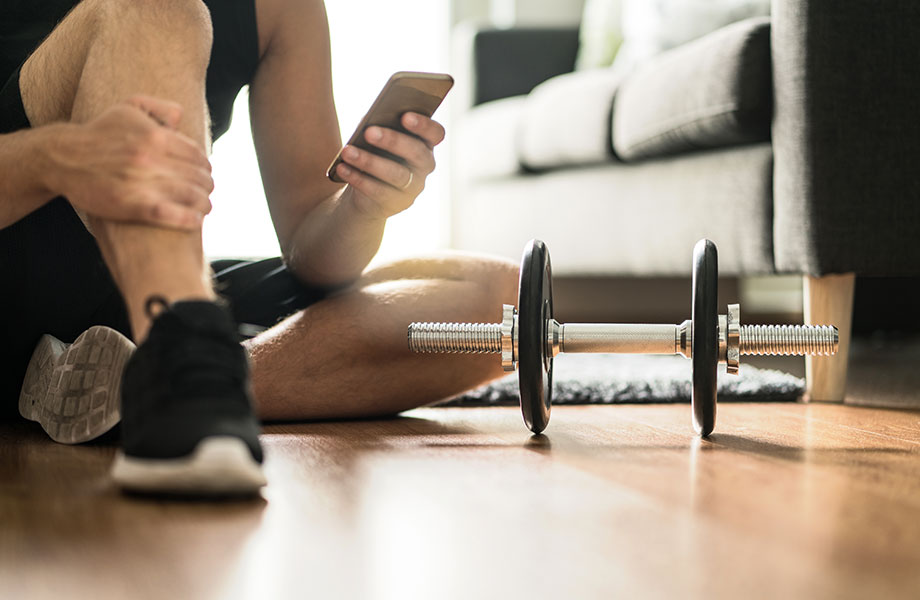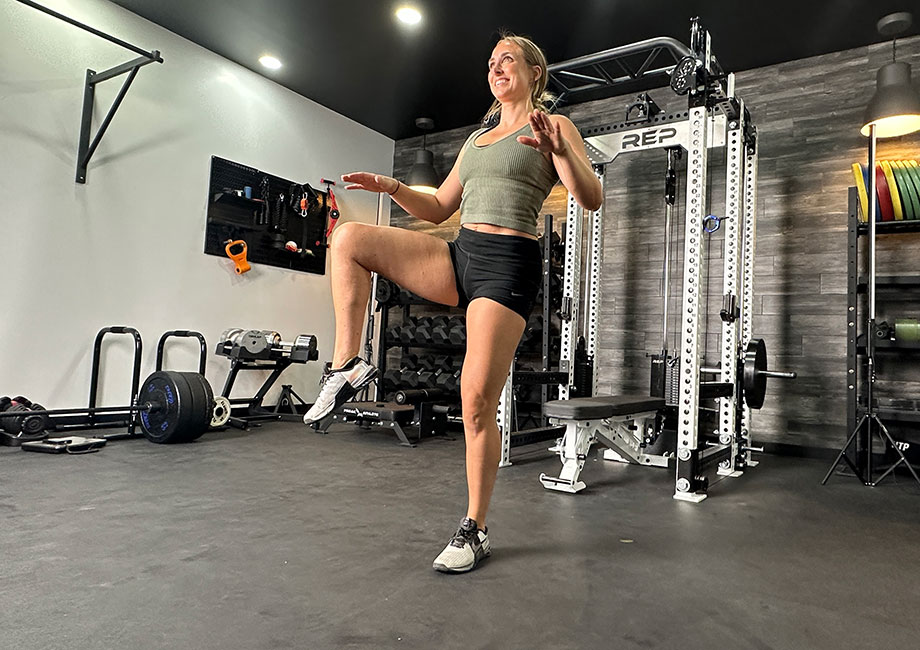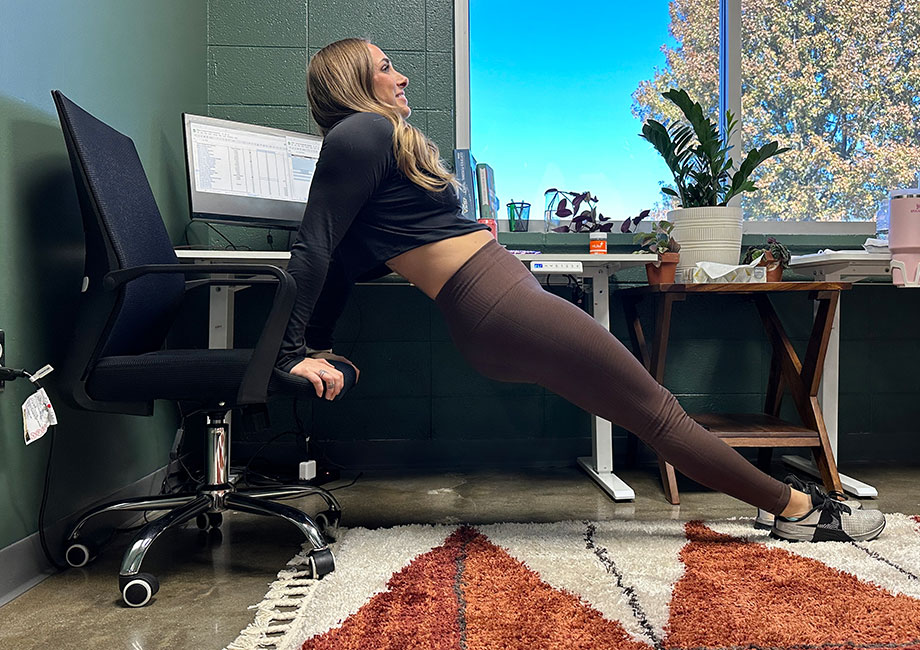Functional fitness is exercise directed at mimicking everyday activities with the goal of improving a person’s wellbeing outside the gym. It involves movement patterns that you would see in real life: anything from running and jumping to pushing and pulling. Besides having importance outside of the gym, functional fitness is also a great way to get a full-body workout!
In my experience, functional fitness exercise is a fantastic way for just about anybody to train. I’ve competed for over two decades in Olympic weightlifting, featuring two of the most functional strength movements in weight training: the snatch and the clean and jerk. Also, I’ve coached both weightlifting and Crossfit, having owned and operated several gyms in the past 15 years. And my experience has taught me that anyone can get massive benefits from this training, no matter your goals.
Still not sure about it? No worries; I’ll break down the benefits of functional fitness for you here, along with what movements and types of exercise programs use and encompass functional fitness.
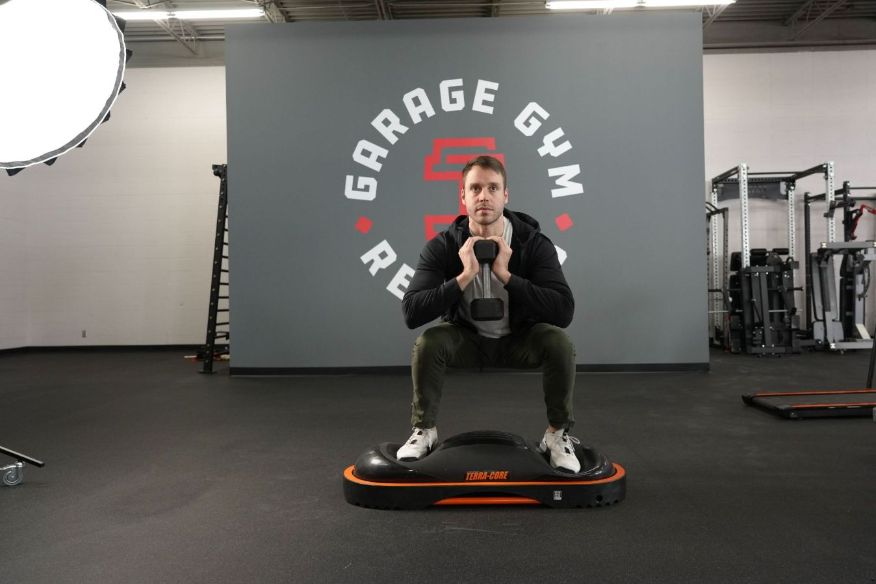
Key Components of Functional Training
Functional fitness relies heavily on aspects of fitness you would see in everyday life, such as strength, power, endurance, coordination, and flexibility, for example. The movements used in a functional fitness workout imitate your daily activities: walking, running, pushing, pulling, bending and twisting, squatting, and lifting items.
Most importantly, they train your body parts to function in unison, teaching you body awareness and how to move properly in your day-to-day routine. Exercises involve many muscle groups to get a full-body workout, with or without free weights like dumbbells and kettlebells.
Just a few examples are:
- Step-ups
- Thrusters
- Turkish Get-Ups
- Clean and Jerk
- Pull-ups
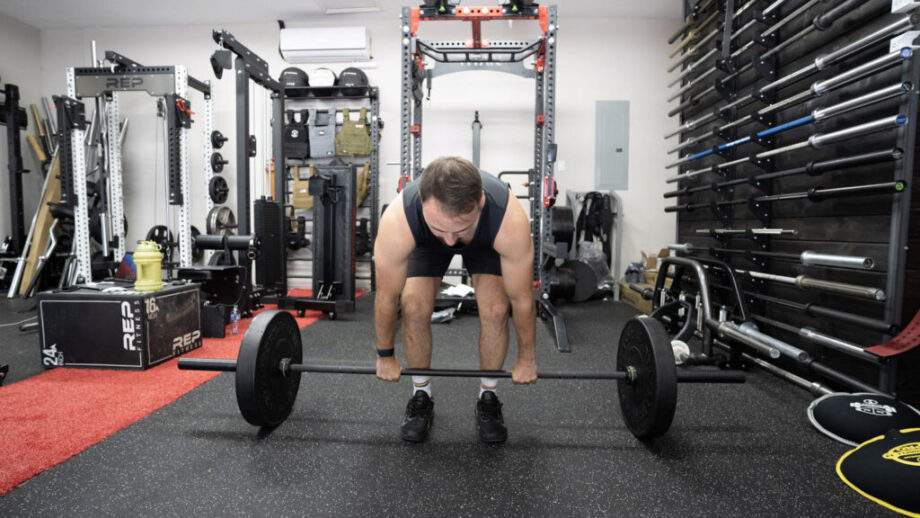
There are many other exercises that are considered functional, but not all are. Let’s go over what makes some exercises better than others for a functional fitness training program.
Functionality
Functional training focuses on having large muscle groups work together to get you moving in unison; often, it’s a workout for the whole body. This gets large muscles working in tandem with stabilizer muscles to strengthen body awareness as well as muscle memory.
You won’t see a lot of machines used in functional fitness training as they isolate muscle groups. They have you only moving in one plane of motion. With functional training, you’ll be using free weights—or your own body weight—as resistance to build muscle and overall strength. Body weight movements like push-ups or pull-ups will get you moving while having to focus on stability and balance.
Meanwhile, free weights, whether it be with a kettlebell, a budget barbell, or a medicine ball, will hone in on building strength, while also improving body awareness around odd objects.
RELATED: Kettlebell Benefits
Variety
Functional workouts also cover a variety of fitness aspects and goals: not only strength and cardiovascular endurance, but also balance, flexibility, and coordination. So it is wise to change up your functional fitness workouts, whether by load, volume, intensity, or type.
Running can increase your heart rate and therefore improve your cardiovascular endurance, but you will still need to do strength resistance training to get the most out of your functional workout. In the same vein, if you were only to perform deadlifts at the gym, it may be functional as in picking things up, but it will not prepare you for any of the twisting and turning we do in everyday movements.
Make sure to vary training exercises and movements to imitate all the many activities we can do in our daily routines. Get the upper body with a dumbbell shoulder press, but also perform walking lunges to attack the lower body. Combine free weights with bodyweight movements; change the amount of reps on your squats to stimulate muscle groups differently. Variety is a well-rounded approach to your functional fitness.
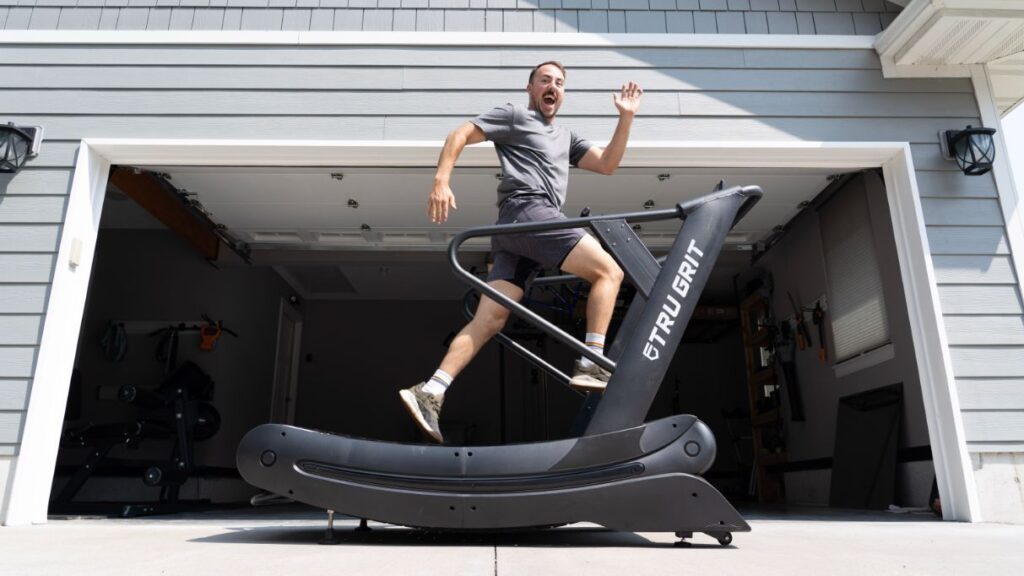
Individual Needs
With this all said, everyone has different needs and goals in their fitness, and that also determines what functional fitness can be for you.
Elite athletes will incorporate functional movements into their exercise programs to develop power and explosive strength, so the snatch and clean-and-jerk seem obvious choices in their programming. However, even with proper coaching, these movements take time to learn properly.
For most new fitness enthusiasts, simpler variations of these movements might be the better method to train. A medicine ball clean helps produce explosive strength with far less load than a barbell movement; still, a power clean can cut on the range of motion and mobility needed for the movement. The complexity of a movement might be adjusted for the fitness level and goals of the athlete.
Also, some people may need to build up to certain movements. Depending on where you start your fitness journey, you may or may not be able to perform a full air squat. We can limit the range of motion in a squat to a box or chair so that we are not going to a range of motion where we increase the risk of injury. We are still training the functionality of the movement, but we are being smart with the training, progressing to the full range of a squat by the individual’s needs.
Functional fitness is good for all fitness levels; however, if you are just beginning your fitness journey, you should consult a coach or personal trainer to make the most out of your time and training.
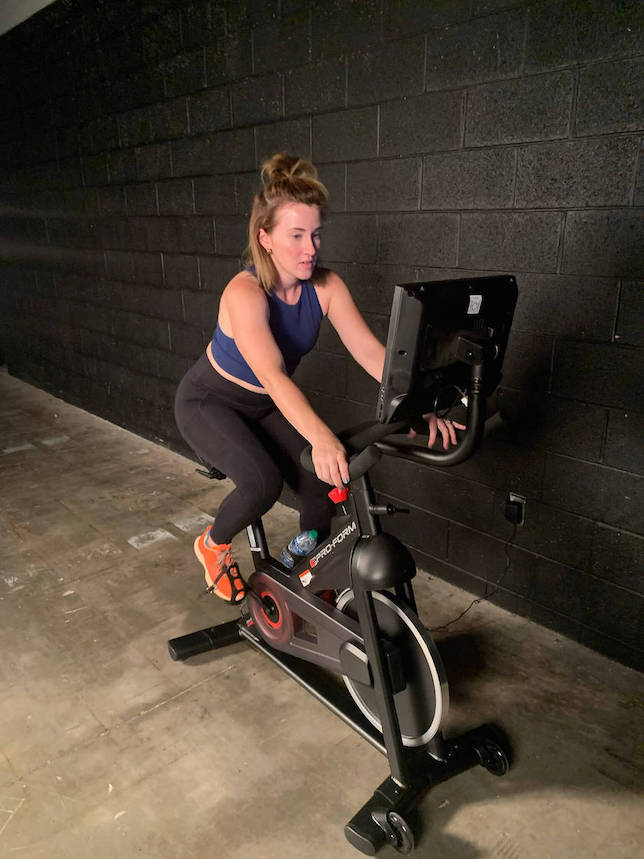
Benefits of Functional Fitness Training
So, why should you do functional fitness? There are a myriad of reasons.
Balance & Stability
Functional movement patterns are done with free weights or with your own body weight moving as resistance. This free movement helps build stabilizer muscles throughout the body, which helps build your core strength and overall balance. For athletes, this will help you on the field, and in everyday life, this can help you in household daily activities.
According to a 2013 study, functional fitness has been shown to be a great way to increase balance and stability with the elderly as well. Movements will build your muscle memory, too, allowing you to be more coordinated in your day-to-day activities.
Increased Strength
The increase in core strength and stability will lend itself over to making you a stronger individual all around. Whether it’s strengthening your hamstrings and quads through squats or building the upper body with presses, you will be working on the major muscles along with smaller muscles.
This focus on functional strength will pay greater dividends than traditional resistance training, as seen in a 2019 study. Your body will be stronger because the muscles will be working in unison and therefore more efficiently.
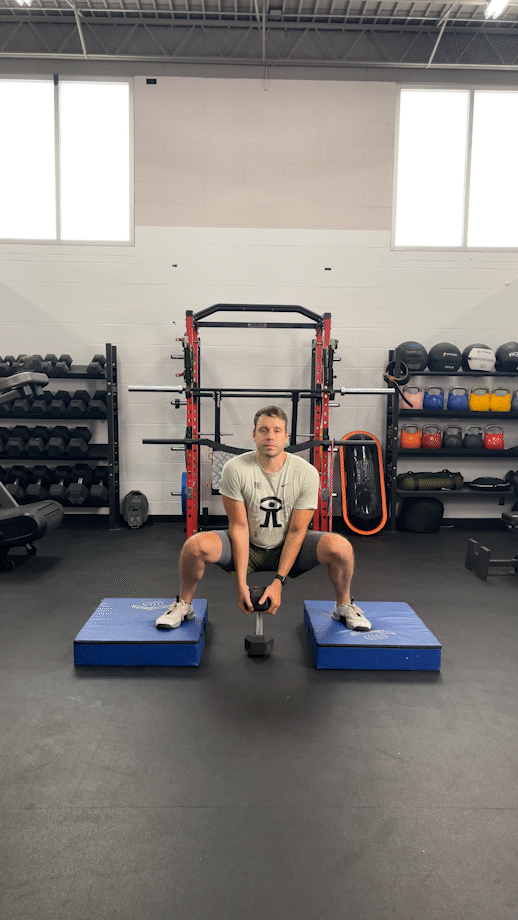
Reduce Injury Risk
Being strong without training functionality will leave you prone to injury. This is how someone could deadlift hundreds of pounds one day, and then the next could throw out their lower back when they stand up out of a chair.
Functional fitness helps reduce your risk of injury by training you through movements mimicking those everyday activities. So the increased strength and coordination carry over into real life.
Proper functional training is not an inherently risky method of training either. Any workout will have some risk of injury; however, a Mayo Clinic study found that high-intensity functional fitness training did not statistically increase the rate or risk of injury among people.
A workout method with a low-risk that will lower your risk of injury in and out of the gym? Sign me up.
Improve Your Daily Life
All these benefits will sum up in a better quality of life. For most people, functional fitness is all about the benefits outside of the gym. Increased balance, stability, and strength will lessen your chance of injury and allow you to move easily and freely in your daily activities.
For parents, this means keeping up with your kids. For athletes, it can mean a better performance on the field. For everyone, it means giving you more time to do the things you want to do without worrying about how your body will react, because you have already trained for this.
Functional Fitness vs Other Forms of Exercise
How does functional fitness compare with other forms of exercise? Let’s take a look.
Running and Cardiovascular Exercise
Running and cardio are considered functional; however, I would say that solely training running would limit the benefits you could get from your workouts. Just running alone isn’t great for your overall functional strength, so change it up with your cardio training with high-rep, high-intensity workouts to keep the heart rate up but get the body moving in different ranges of motion.
RELATED: Cross Training for Runners
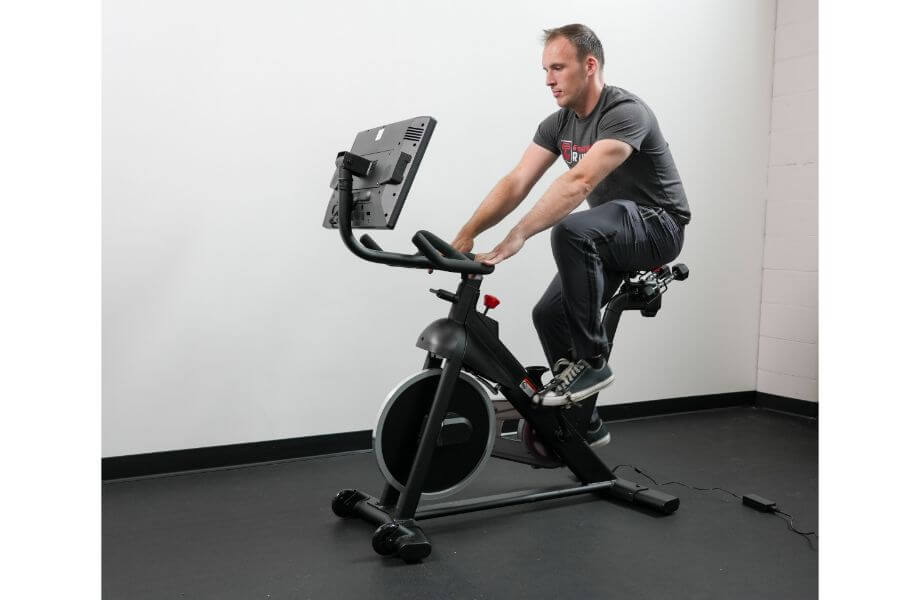
Bodybuilding
Traditional bodybuilding does not rely heavily on functional training. Whereas functional fitness works or working multiple muscle groups at once, bodybuilding will try to isolate muscles instead. Sometimes, a bodybuilder will try to limit the range of motion of a movement to keep the muscle firing the entire exercise.
For example, the arm is not allowed full extension in bicep curls, so the biceps stay active for all reps. This can be great to build strength or size of the muscles, but does not increase core strength and stability like a functional workout can.
Powerlifting And Olympic Weightlifting
Strength training is very functional. Powerlifting predominantly focuses on squat, bench press, and deadlift, while Olympic lifting is snatch and clean-and-jerk. All of these movements are considered functional in that they get large muscle groups involved. Particularly, the Olympic lifts are very functional in how they build upon explosive strength and power. These exercises will build overall strength along with core strength and stabilizing muscles.
Still, even elite athletes in these lifts will train different exercises and different modes of intensity to get that variety in their training. For example, training with a kettlebell for some unilateral exercises will allow some more focus on building stabilizer muscles. So it would be smart to mix up and diversify movements in a strength training routine, too!
CrossFit
Although there are plenty of ways to train functional fitness, CrossFit has almost become synonymous with the term in recent years. This is due to the nature of CrossFit; it deals almost exclusively with functional movements.
Typically a group class, CrossFit will have short, high-intensity workouts with a few functional exercises rotated through a person like a circuit. The workout can be scaled down or up to meet an individual’s needs. While there are other ways to train functional fitness, CrossFit is a solid way to build core strength and keep variety in your training.
RELATED: Best CrossFit Training Programs
Functional Fitness: Final Thoughts
Functional fitness encompasses a variety of movements at the gym, but they are all geared towards imitating real life activities, and preparing you for those activities. These exercises can be adjusted to meet your specific goals or needs.
- Functional movements work multiple muscle groups together in unison, building core strength, balance, and overall muscle strength.
- Training in this mode can help reduce your risk of injury outside of the gym.
- Through strengthening the body and improving body awareness, functional training helps improve your quality of life.
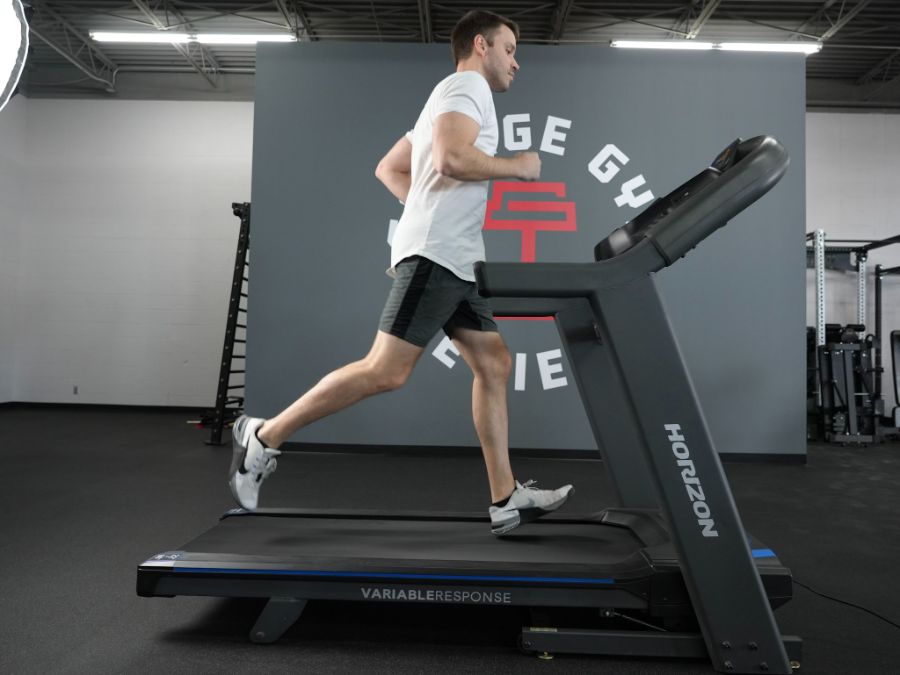
Functional Fitness FAQs
What is the meaning of functional fitness?
Functional fitness is a means of exercise that readies you for everyday life by performing exercises that imitate everyday life: squatting, jumping, twisting, turning, pushing, pulling, lifting, etc.
What is an example of functional fitness?
Functional fitness can be done as a bodyweight movement, or with free weights. There are a myriad of exercises that fall under this category, but here are some common examples:
Walking Lunges
Squats (bodyweight or weighted)
Push-ups
Pull-ups
Farmer’s Carry
Kettlebell Clean & Press
Turkish Get-Up
Is functional fitness the same as CrossFit?
CrossFit has many parallels to functional fitness; however, the two are not the same. CrossFIt can scale its workouts, but ultimately it is a more demanding routine compared to most functional fitness routines. Functional fitness is geared toward building general strength and balance, whereas CrossFit is preparing you for any challenge that might come your way. With that said, both methods are excellent ways to train, so use whatever routine suits your needs!
What are the basic principles of functional fitness?
Functional fitness is focused on building those aspects of fitness that will carry over into your daily life. It imitates and readies you for everyday life with a focus on getting the whole body to move together. With these principles you will build core strength, balance and mobility, and overall strength, with the goal of reducing injury risk and increasing your quality of life.


